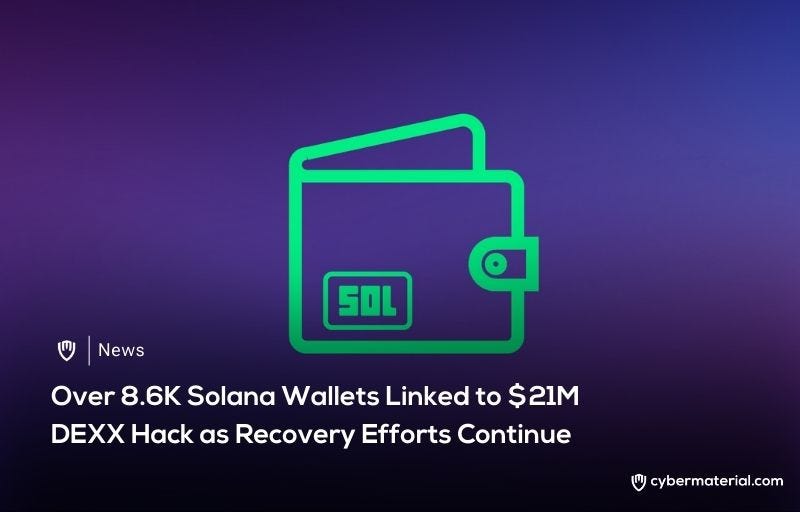
In a significant breach affecting the Solana blockchain, over 8,600 wallets have been identified as linked to the $21 million hack of the DEXX trading platform. The exploit, which occurred on November 16, 2024, was a result of a private key leak, leading to substantial losses for users of the decentralized exchange (DEX). According to security experts at SlowMist, the number of affected wallets has continued to grow, with the total loss now estimated at approximately $30 million. The hack primarily impacted users of the memecoin trading terminal, DEXX, and was one of the largest crypto-related incidents of the month.
Most victims suffered losses of under $10,000, although the breach had a disproportionate impact on a few, with one individual losing over $1 million. The hacker reportedly converted the stolen assets into Solana (SOL) tokens. This added complexity to the situation, as the value of meme tokens fluctuated, exacerbating the overall financial damage. Despite these fluctuations, SlowMist’s continued tracking and reporting of the compromised wallets has been crucial in identifying the scope of the attack.
SlowMist’s investigation revealed that the compromised wallets were primarily located on the Solana blockchain, but efforts are ongoing to trace additional suspicious addresses. The firm intends to expand its investigation to include Ethereum, BNB Chain, and Base, with plans to release more information on these platforms next week. By publishing a comprehensive list of compromised addresses, SlowMist aims to assist victims in recovering their stolen funds and to prevent further attacks on the blockchain ecosystem.
This hack highlights the ongoing vulnerabilities within decentralized finance (DeFi) and the broader cryptocurrency industry. Despite growing advancements in blockchain security, incidents like these emphasize the need for improved protective measures and transparency. As recovery efforts progress and more details emerge, it remains to be seen how the community will respond to mitigate the risk of similar future attacks and protect users from such devastating breaches.
Reference:
The post Over 8.6K Solana Wallets Linked to DEXX Hack first appeared on CyberMaterial.


